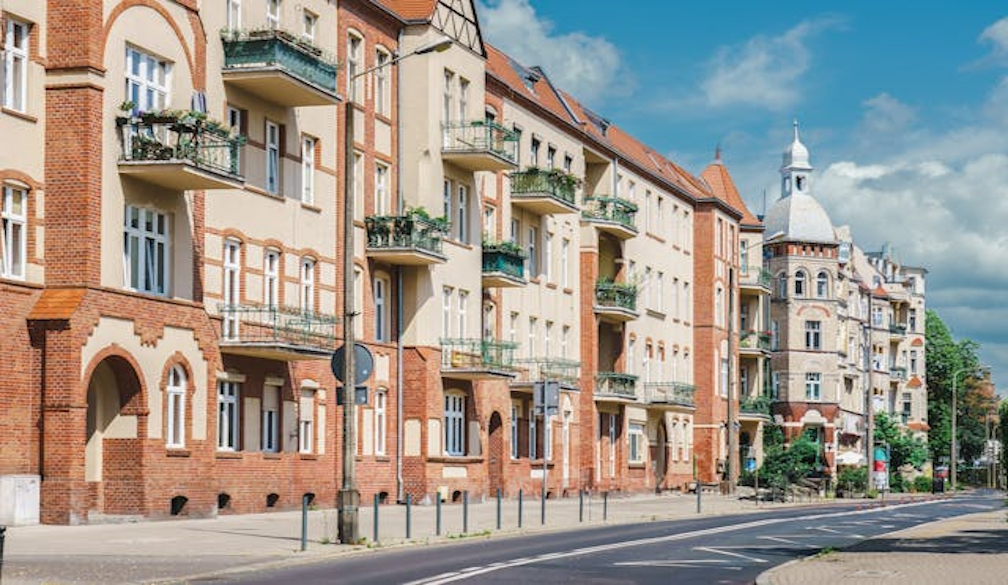Why Location Still Rules in Real Estate

When people talk about real estate, the phrase location, location, location always comes up. It might sound like a cliché, but it’s still the number one rule in property. A home can be renovated or rebuilt, but you can’t change the land underneath. That’s why location is always the first thing buyers and investors look at.
Why Location Matters More Than Anything
Think about it this way: a small house in a great suburb will usually cost more than a big modern house in an area that isn’t as popular. People aren’t just buying a building—they’re buying into a lifestyle, a community, and all the conveniences around it.
Good locations mean better access to schools, transport, shops, and jobs. They also give people the chance to enjoy local parks, cafés, and culture. These factors push demand higher, which is why properties in the right area always attract more attention.
Lifestyle Shapes Demand
Modern buyers don’t just want a roof over their heads. They want a location that makes life easier and more enjoyable. Families often look for safe streets, good schools, and parks. Young professionals may care more about transport links and nightlife. Retirees may want peace and quiet, but still close access to health services and shops.
This is where areas with a mix of lifestyle features stand out. They attract a wide range of people, which keeps demand high and helps property values stay strong.
The Role of Growth and Development
Another reason location rules is its link to future growth. Properties in areas with planned transport upgrades, shopping centres, or new community spaces usually increase in value over time. Even a basic property can gain strong returns if the suburb around it is improving.
For example, demand for Brunswick land for sale shows how location shapes interest. Buyers aren’t only looking at the land itself. They’re choosing Brunswick because it offers character, strong community ties, and ongoing development. These are the kinds of features that make a location valuable long after the purchase.
Accessibility Brings Value
Easy access to transport is one of the biggest drivers of property value. People want to get to work, school, or the city without long commutes. Suburbs with strong transport networks—like train stations, tram routes, or main road links—always hold their value better.
This is true for both homeowners and investors. For investors, properties in connected areas are easier to rent out. For homeowners, it’s about convenience and saving time every day.
The Power of Community
Community is another factor that makes location so important. People want to live where they feel safe, welcome, and part of something bigger. Shops, markets, cafés, and cultural events create this sense of belonging.
When a suburb builds a strong community, demand rises. Families tell their friends, renters turn into long-term residents, and property values stay stable.
You Can’t Change Location
One of the simplest truths about real estate is this: you can change a house, but you can’t change its location. Renovations can modernise a kitchen or add a new bedroom, but they won’t move the property closer to the city, better schools, or the beach.
That’s why buyers and investors are always told to focus on location first. A good property in a weak location can struggle, but even a modest home in the right suburb will always attract interest.
The Emotional Pull of Place
Real estate isn’t just about money—it’s emotional too. People often fall in love with a location before they fall in love with a house. They picture themselves walking down local streets, sipping coffee at nearby cafés, or watching their kids play in the park.
This emotional connection is powerful. It’s one of the reasons prime locations stay competitive, even when the overall market slows. People want to be in places where they feel happy and at home.
Why Location Still Rules Today
Even with technology making it easier to browse properties online, and even with new housing estates being built, location continues to rule. Properties in desirable suburbs sell faster, rent more easily, and hold their value better.
For buyers, choosing the right location is also about future security. A home in a strong area protects you if the market dips and rewards you when it grows.
Final Thoughts
There are many factors that influence real estate—style, size, condition—but location is the one that never changes. It decides value, lifestyle, and long-term growth more than any other detail.
For anyone thinking about buying or investing, the smartest choice is to focus on the location first. Homes can be fixed and upgraded, but land can’t be moved. That’s why, even today, location still rules real estate.





